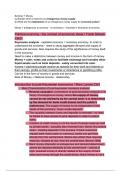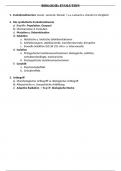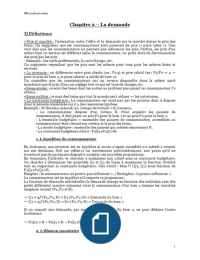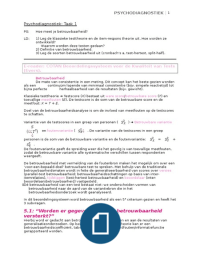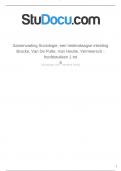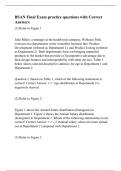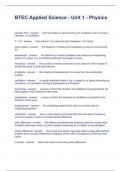Lecture notes
Seminar notes for Money
- Institution
- The University Of York (UOY)
If your classmates are not willing to share their notes, then I'm happy to share mine with you! These are the notes I collected during the seminar for this topic.
[Show more]
